Web Designer As The Artist, Scientist And Philosopher
Web professionals have to be both flexible and creative to meet the needs of each client — and these characteristics often transcend the design and development process. Each of us has a unique approach to our work. The particular mindset and methods by which each of us turns a mental image into a delightful and usable website is worthy of investigation.
You may want to take a look at the following related posts:
- If Famous Graphic Artists Were Web Designers…
- About Art – What Do We Really Mean
- Learning From The Past: Design Legacies & Arts
- Art Manifestos And Their Applications In Contemporary Design
In this article, we’ll discuss three approaches taken by many Web designers and developers. While a creative individual usually falls into more than one of the three categories, each of us is still likely more heavily weighted towards one. These approaches might help determine what paths someone is best suited for and might shed light on how they achieve their goals. So, without further ado, we introduce you to the artist, the scientist and the philosopher.
The Artist

Sitting in a studio apartment, engrossed in Adobe Photoshop, ruminating on the powers of shape and color, is a person like no other. The artist is a creature of great creative power, who sees beauty in their surroundings and attempts to reflect it in their work while meeting the requirements of their clients. The artist might not be inclined to write the next Google killer, but everything they produce is inspired by their care and keen eye.
Definition: Artists are best defined as those who are more interested in the presentation itself than in the mechanics of the mode of presentation. Graphic artists, Web designers, content writers and podcasters often fall into this category.
Passion and the need to create are the hallmarks of the artist. Her wish is to satisfy her love of the visual elements of the Web industry. She relishes showcasing her skills and stays at the forefront of exploration in the field of design. Her imagination is matched only by that of children and children-at-heart.
Living in a fantastical world of beauty — which can actually breed sensible design — is not the only characteristic of the artist. Visitors are drawn to her work and feel an emotional connection to it. The artist also acts as a muse for other designers.
With a range of tools, the artist conveys emotion in a beautiful and professional design. Here are some examples:
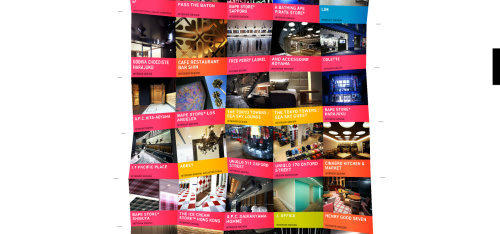
Single-page animated websites powered entirely by Flash are common.

Typography that goes beyond Web-safe conventions can enhance artistic value.
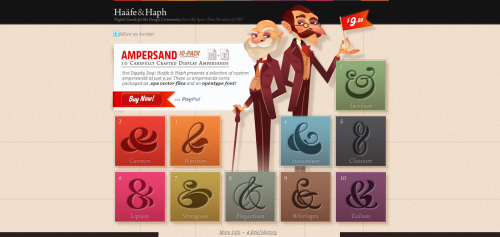
Clean, visually appealing designs that attract many eyes.

Minimalism and a focus on content demonstrate a keen use of space.
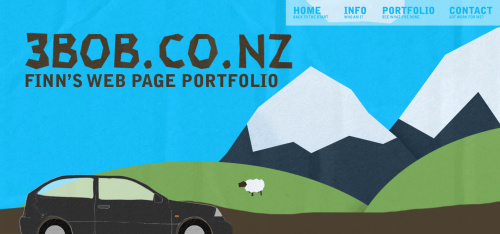
jQuery animations and colorful focal points increase visual interest.
The Scientist

A cup of something caffeinated and some snacks lie on the desk. It’s the middle of the night, and a man is furiously typing away at his computer, producing line upon line of code to meet an looming deadline for “the next big social network.”
The scientist is a creature of habit, working longer hours than other colleagues. He has the stamina to render thousands of lines of PHP in an engaging, thought-provoking and memorable project filled with complexities and structured progress.
Web developers — their term — are well known for late nights and working at ungodly hours. They can produce code at the drop of a hat. While these habits may seem rather unhealthy, the scientist’s willingness to solve complex problems, his enviable powers of memory and his ability to solve problems logically make him a different but still inspiring creature in the technological world and workplace.
Definition: Scientists are best defined as those with an interest in code. Making things work and creating structure tend to be their top priorities. Think of programmers, developers, database workers and their kin.
Pictures of a coding monkey might come to mind, but remember that writing code is just as involved and requires as much creativity (though perhaps of a different sort) as the work of the artist and philosopher. It’s also just as much of a gift. To give you an idea of the inner beauty of the scientist’s work and of how this driven mindset can be a powerful asset, see the examples below.

Following specifications shows the scientist’s commitment to presenting code properly.

Server-side scripts process forms silently and in the background.
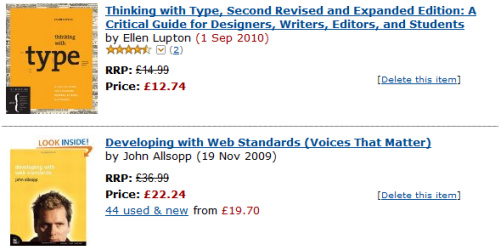
Innovation and careful planning lead to elegant and complex search mechanisms.
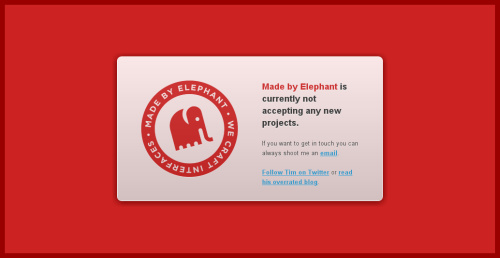
Keeping things simple increases speed and minimizes redundant code.

Frameworks and microformats facilitate well-maintained, elegant, optimized code.
The Philosopher

Our friend the philosopher sits on a train. He is on his way to meet a company. His laptop is open, and he is reading the business plan — or so it seems. Underneath, the wheels are turning; he is dreaming up a revolutionary way to help the business evolve. The philosopher, a unique breed, incorporates the skills of the artist and scientist while bringing to the table his keen insight into trends and target audiences. He is engaging and friendly, and he shows empathy, that rare and valuable gift.
Definition: Philosophers are consultants, officially and unofficially. They are masterful advocates and are able to coordinate and empathize with both artists and scientists. Think of accessibility and usability gurus, UX and IA advisors, SEO planners and information architects.
Those who design and build websites tend to receive the most credit in our industry. The philosopher knows that if he does his job well, he is invisible. His work should integrate seamlessly with the work of his colleagues. He is the person who performs UX and usability tests, audits websites and advocates for the end user.
The skills of such a person might seem questionable, but their understanding of the end user’s needs and their ability to help execute the team’s vision for the Web are attributes worthy of distinction. The philosopher is calmly neutral and can sense what is best for everyone involved.
Below are a few examples of contributions made by philosophers to the evolution of the Web.
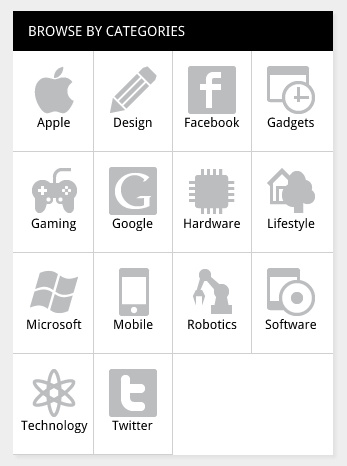
Techi highlights that a well-structured navigation menu is paramount.

Jakob Nielsen is a famous master of usable Web design.
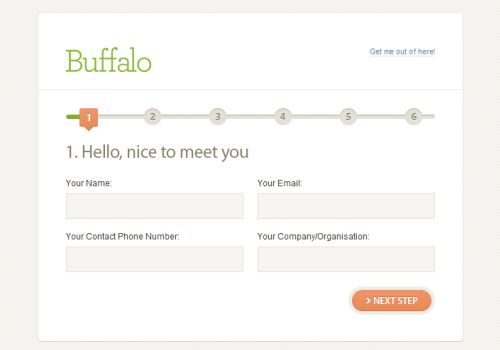
Philosophers put a great deal of thought into simplifying information requests.

Accessibility gurus consider the potential of mobile and handheld devices.
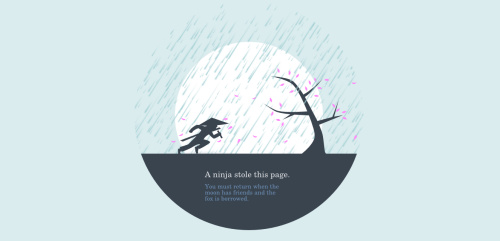
Looking for errors and potential improvement is all part of the job.
Which Are You?
The world is full of job titles that are meant to define people’s roles and usefulness. While a title can delineate a person’s skill set, it doesn’t come close to explaining how each professional sees themselves or what they mean to a community. A question inevitably left unanswered is: what makes an individual’s style and approach unique?
Bridge the Gap
Under the right circumstances, each of us gets to be all three: artist, scientist and philosopher. Being a Web professional often requires an equal measure of skills related to art and design, development and theory. Still, the way we conduct ourselves and perform our duties hints at our true “inner being.”

You’ve met these three equally gifted professionals (in this article and probably in real life), but keep in mind that distinguishing between these three types is simply an exercise in professional development. None are in any way better than the others; this field has a genuine need for all three. It goes without saying that approaching tasks in different ways helps us to be innovative. If you’re just entering the industry, perhaps a little self-analysis will help you find your niche.
We are all a bit of everything. Most of us can draw; even if we’re limited to stick figures and finger paintings, we all have an artistic outlet when we need it. We can all think logically, even if we don’t always show it; and our ability to work and code within parameters is helped along with HTML and CSS. We are all social beings, able to interact and understand one another, and we all have personal tastes. Everyone also has bad habits and prejudices. Stay open-minded and accept that “it takes all kinds”; a variety of skills and personalities makes the workplace vibrant.
We possess the knowledge and skills required to undertake the work our clients pay for, and acknowledging these three approaches can aid us in our work. In doing so, we might feel driven to learn new skills or find ourselves better able to understand and cooperate with our colleagues, and we might gain enough insight to take a step back from a project to get a fuller view of our goals.
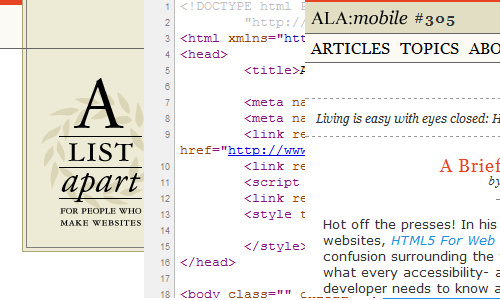
Be proud of your unique approach (if it’s working), whether you’re an artist, a scientist or a philosopher. We are, each of us, unique, and we are more than the sum of our qualifications.


 SurveyJS: White-Label Survey Solution for Your JS App
SurveyJS: White-Label Survey Solution for Your JS App Agent Ready is the new Headless
Agent Ready is the new Headless





